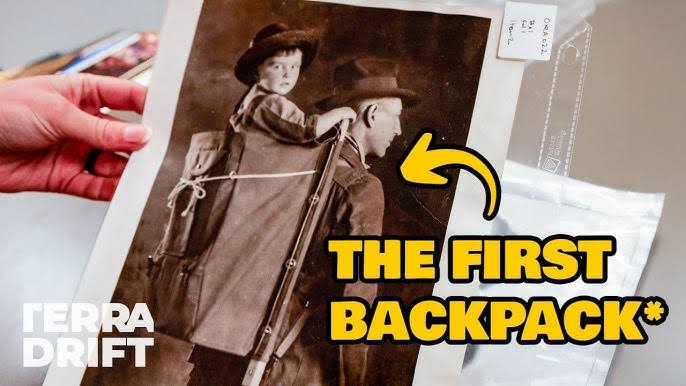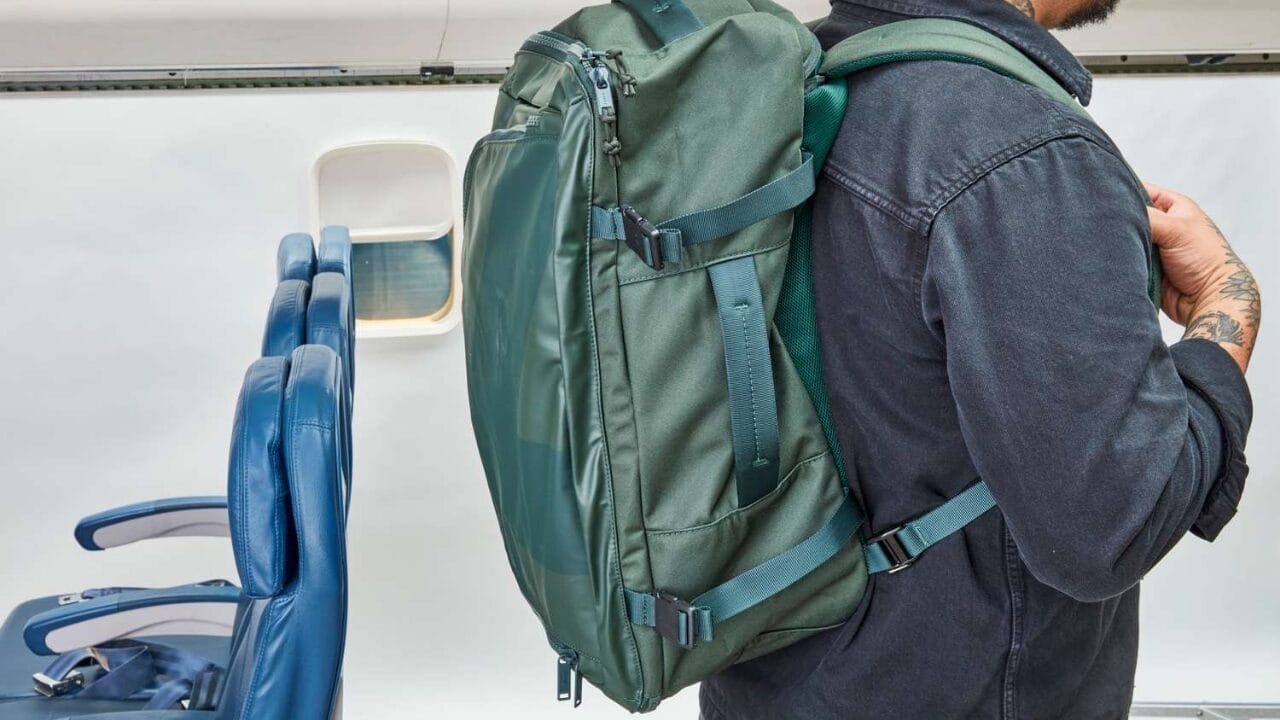When was backpack invented
The backpack is quite possibly of the most fundamental and generally involved thing in current life. It fills in as a useful method for conveying books, garments, gear, and even nourishment for outside undertakings. In any case, the historical backdrop of the backpack is a lot more seasoned than the vast majority understand. The idea of a conveying sack lashed to the back has existed for millennia, developing from crude plans to the exceptionally practical and particular Backpacks utilized today. Understanding when the backpack was designed requires investigating its starting points, verifiable turns of events, and the key developments that prompted its cutting edge structure.
Table of Contents
Ancient Origins of the Backpack
The earliest proof of backpack like conveying frameworks goes back millennia. Antiquated developments required effective methods for moving merchandise, instruments, and food over significant distances. Quite possibly of the main early disclosure connected with backpacks comes from Ötzi the Iceman, a 5,300-year-old mummy tracked down in the Alps in 1991. Ötzi was conveying a simple backpack made of wood and creature stow away, which permitted him to ship fundamental supplies while going through uneven landscape. This revelation recommends that Backpacks, in some structure, existed as soon as 3300 BCE.
Comparative conveying gadgets were utilized by old societies around the world. Native individuals across Africa, Asia, and the Americas created different burden bearing frameworks, for example, woven containers with lashes, calfskin pockets, and wooden casings intended to equally appropriate weight. These early backpacks permitted trackers, merchants, and explorers to convey their possessions while keeping their hands free.

Medieval and Renaissance Backpack Developments
During the middle age time frame, warriors, voyagers, and merchants ordinarily utilized backpack like handbags. In Europe, fighters conveyed backpacks or “backpacks” produced using fabric or calfskin, frequently got with a straightforward lash framework. These sacks were utilized to convey weapons, food, and individual possessions while progressing.
In Asia, especially in China and Japan, couriers and vendors created comparative conveying strategies, utilizing woven crates or fabric sacks with shoulder ties. These were fundamental for moving products across lengthy shipping lanes like the Silk Street. The Mongols, known for their broad triumphs, additionally depended on basic Backpack frameworks to convey their arrangements and stuff during military missions.
The Evolution of Military Backpacks in the 18th and 19th Centuries
Warriors required effective methods for conveying their stuff, prompting the improvement of normalized military backpacks. In the mid 1800s, European and American armed forces began planning backpacks made of material with cowhide lashes and metal clasps. These were more tough than before plans and took into account better weight appropriation.
One huge advancement came from Henry Merriam, an American designer who protected a superior military Backpack in 1877. His plan highlighted an unbending edge that conveyed weight all the more equitably across the shoulders and back. In spite of the fact that it was not broadly taken on, it laid the preparation for future upgrades in Backpack innovation.
The Rise of the Modern Backpack in the 20th Century
The twentieth century saw fast progressions in backpack configuration, driven by changes in military requirements, outside diversion, and training. During The Second Great War and The Second Great War, fighters conveyed more refined backpacks made of waterproof materials with movable lashes and compartments for better association. The U.S. Armed force presented the M-1928 and M-1945 Backpacks, which were intended for sturdiness and solace.
After the conflicts, Backpack innovation progressed into non military personnel use. The ascent of open air amusement, including climbing and setting up camp, prompted expanded interest for great backpacks. In 1938, Gerry Cunningham, an outside lover, made quite possibly the earliest present day backpack with a zippered compartment, essentially further developing comfort.
One more significant development came in 1952 when Dick Kelty, an American outdoorsman, presented the aluminum-outlined backpack. Kelty’s plan altered climbing Backpacks by offering better help and lessening burden on the back. His organization, Kelty Packs, turned into a forerunner in outside gear and propelled future backpack producers.

The Introduction of School Backpacks
Until the mid 20th century , students regularly conveyed books utilizing handbags, folder cases, or straightforward shoulder sacks. Be that as it may, in the last part of the 1960s and mid 1970s, lightweight nylon Backpacks became well known among schoolchildren. Organizations, for example, JanSport and Eastpak presented strong, down to earth plans custom-made for conveying books, note pads, and supplies.
Elements, for example, cushioned shoulder lashes, various compartments, and ergonomic plans made conveying weighty burdens more straightforward. The presentation of wheeled Backpacks during the 1990s gave an option in contrast to students conveying especially weighty books.
Modern Innovations in Backpack Design
Today, Backpacks are further developed than at any other time, with plans taking special care of different requirements, including travel, sports, innovation, and style. Key advancements include:
Ergonomic Designs: Many Backpacks currently highlight cushioned lashes, breathable back boards, and weight-circulating casings to decrease stress on the back and shoulders.
Waterproof and Weather Resistant material: Present day backpacks utilize manufactured textures like polyester, nylon, and Gore-Tex to shield contents from downpour and dampness.
Innovation Integration: A few Backpacks incorporate inherent USB charging ports, hostile to robbery zippers, and compartments for workstations and tablets.
Conclusion: when Backpack was invented
The creation of the Backpack can’t be credited to a solitary individual or occasion, as it has developed more than millennia. From the crude conveying frameworks utilized by old civic establishments to the modern, innovation incorporated plans of today, the backpack has constantly adjusted to address human issues. Its change from a basic wooden casing to a cutting edge extra reflects changes in the public eye, innovation, and way of life. Whether for students, voyagers, climbers, or experts, the backpack stays a fundamental apparatus for conveying and putting together assets proficiently.